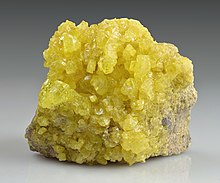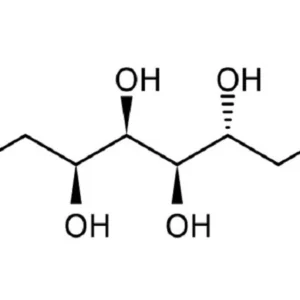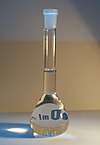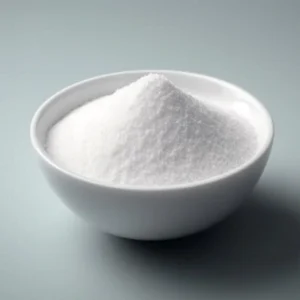Yellow sulphur
Sulfur (American spelling and the preferred IUPAC name) or sulphur (Commonwealth spelling) is a chemical element; it has symbol S and atomic number 16. It is abundant, multivalent and nonmetallic. Under normal conditions, sulfur atoms form cyclic octatomic molecules with the chemical formula. Elemental sulfur is a bright yellow, crystalline solid at room temperature.









Reviews